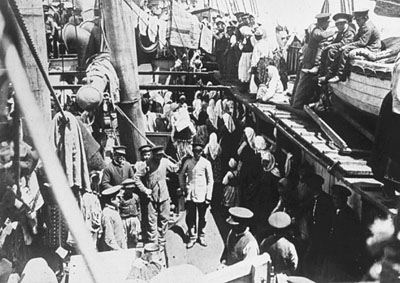Article
Disability Rights Movement in Canada
The Canadian disability rights movement arose in the latter half of the 20th century. It includes multiple social movements that take a similar but distinct approach advocating civil rights for almost four million people with physical, sensory and cognitive impairments — nearly 14 per cent of the Canadian population.











